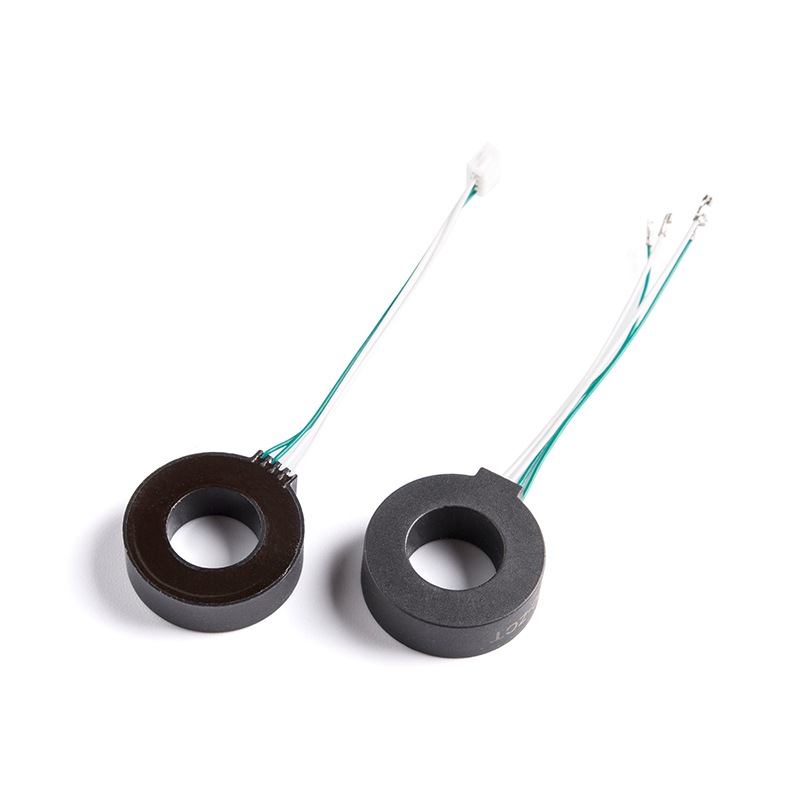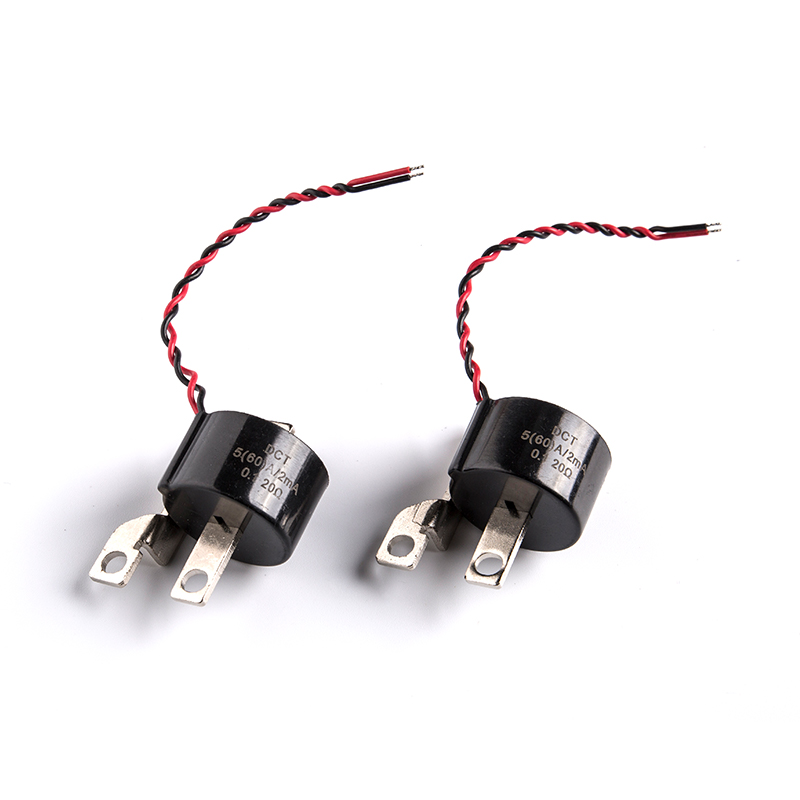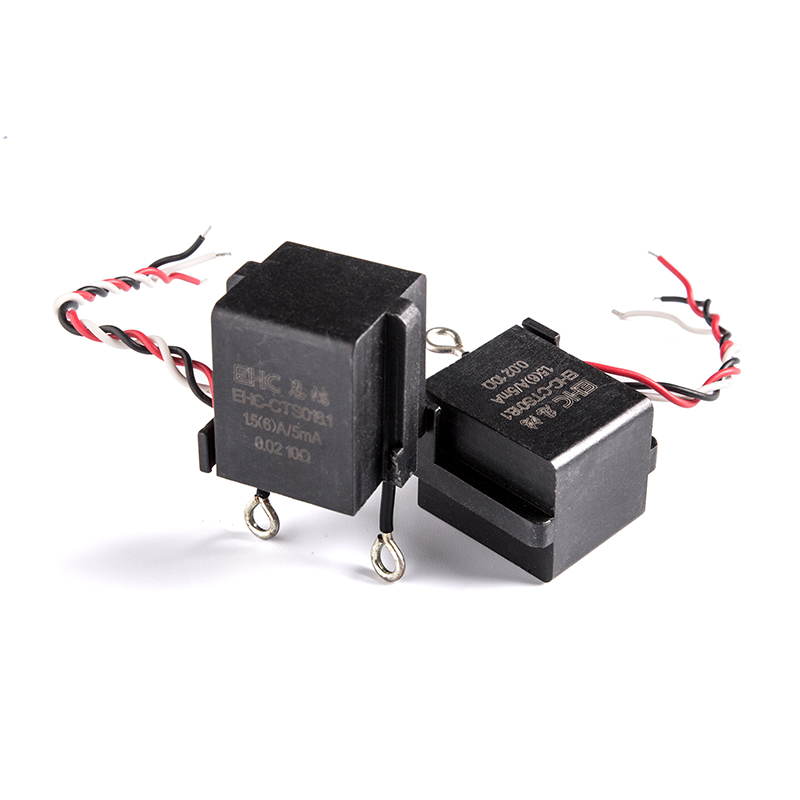In power systems, leakage currents can be a hazard. They can be a source of electric shock or burns and may also cause overheating and fires.
These can be caused by a wide range of devices, including computers, mobile phone chargers, low consumption light bulbs, ceramic hobs, air conditioning units and electric vehicle chargers. The amount of leakage current produced depends on the voltage level and polarity of the device, and the type of materials used in its construction.
For leakage current protection, a current transformer is used to measure the leakage current of an electrical device or circuit and a relay is used to control the breaker. The relay is rated for a specific leakage current and if the leakage current rises above this level, the relay will be energized.

Different types of Leakage Protection Current Transformers are available to meet various requirements and applications. The most common is the toroidal current transformer. These have a split core and can be opened and closed without disconnecting the system from which they are connected to.
Another kind of current transformer is the interposing CT. These are installed in between the secondary winding of a main CT and the relay to feed protective or measuring devices that require an operating current that is different to that of the main CT.
For protection against faults and short circuits between phases or earth, two overload relays and one earth-fault or leakage-fault relay are connected in parallel. The trip contacts of the relays are connected to the circuit breaker and in case of a fault, these contacts will be energized.

 English
English 中文简体
中文简体 Deutsch
Deutsch 日本語
日本語
 View More >>
View More >> View More >>
View More >> View More >>
View More >> View More >>
View More >> View More >>
View More >> View More >>
View More >> View More >>
View More >> View More >>
View More >>